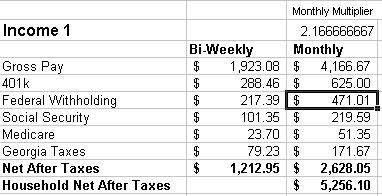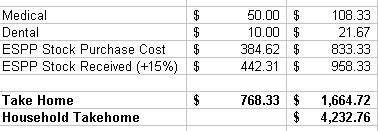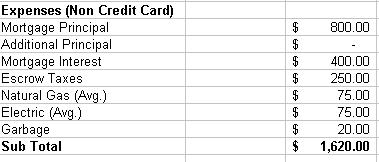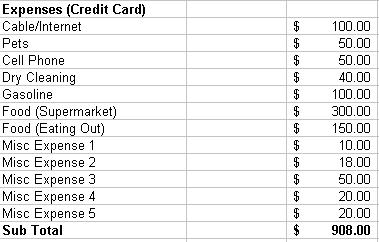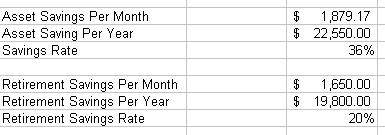Unlike Foundation #4, this is the one that usually gets people in trouble. Here are my top 5 depreciating items to watch out for:
1) Cars – Beside your house your car is probably the largest asset that you will own. It is also one that depreciates like a rock! Most cars will loose 50% of their value in the first 4 years. There is so much to talk about with cars that I will dedicate an entire post to them in the future
2) Furniture – If you think cars are bad furniture is worse. Furniture depreciates about 25 percent on the first day out the showroom and just keeps going down from there. Don’t even get me started on the people buying $10k in furniture on credit and taking 10 years to pay it off. “Rooms To Go” is a finance company that just happens to sell furniture. Furniture deserves it’s own post!
3) Consumer Electronics – Computers, TV’s, gadgets, etc all loose value VERY quickly because technology progresses at such a rapid pace. Some companies are working on 6 month product cycles!
4) Sporting Goods – Ever shop for a set of golf clubs or a snowboard at the end of the season? Most of the time you will find discounts of at least 50% off. That means the shiny new set of clubs you bought at the start of the season is worth less than 50% of what you paid! Another category that goes down like a rock: Fitness Equipment!
5) Clothing – Fashions come and go just as quickly as the seasons. The hot sweater you bought last year is old news this year and is worth next to nothing. The higher the fashion the steeper the depreciation slope!
The best way to combat depreciation is to buy used and let somebody else take the price hit. eBay and Craigslist have made this easy but you do have to be patient to find the best deals. One aspect of eBay that is often overlooked is that eBay can now put a price on everything. If you want to purchase something new it is easy to evaluate the depreciation slope BEFORE you buy.

